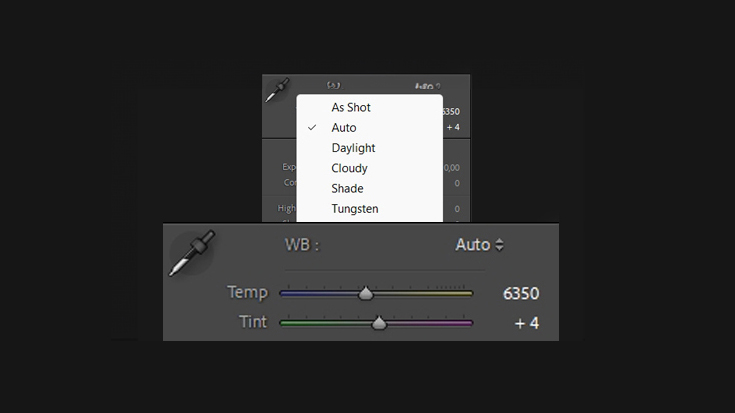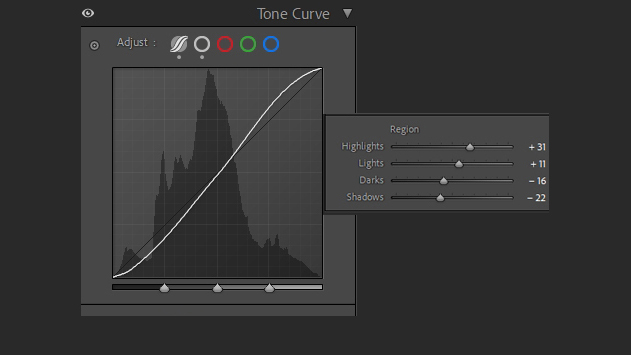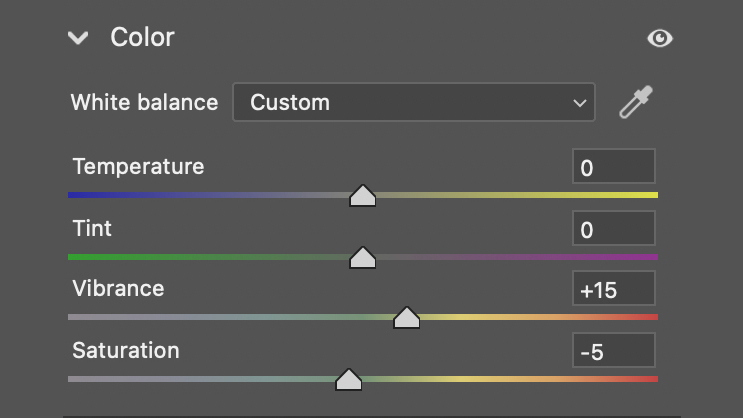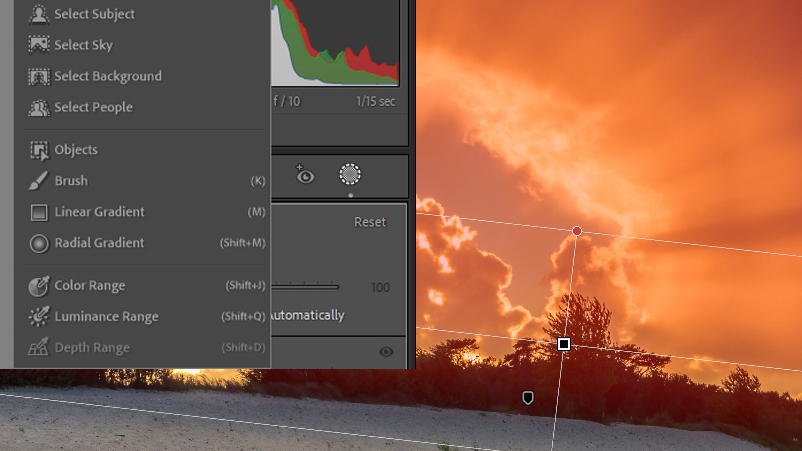Shoot your best summer landscapes: Mirror your subject using water for striking compositions
Want to enhance your shots and emphasize key elements? Working with water reflections is great to maximise visual impact
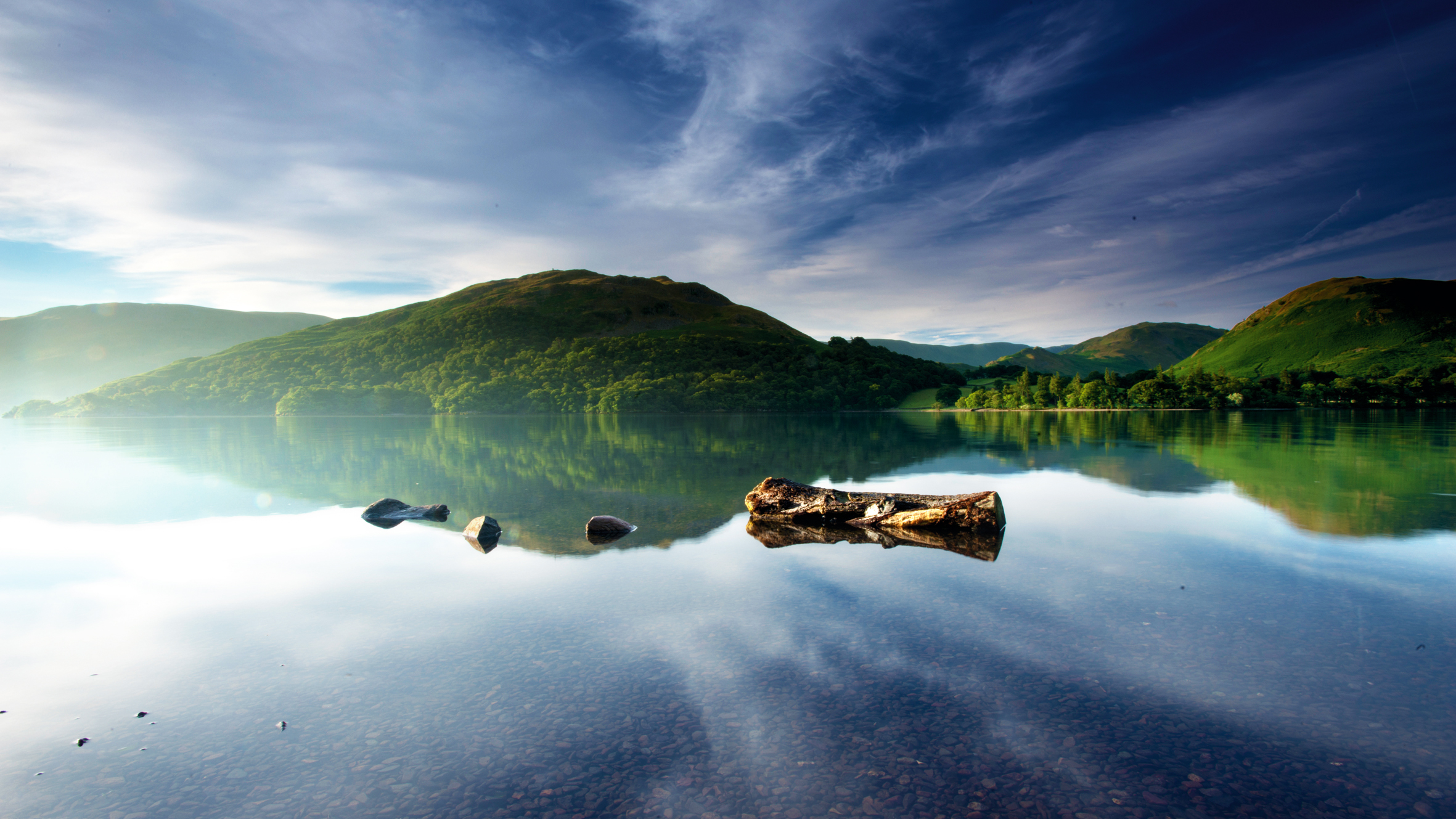
Maximising the visual impact of your photos is key to growing as a photographer. One powerful yet often overlooked technique is to mirror your subject.
To make the most of this approach, there are a few things to keep in mind – like composition, shutter speed, using a tripod, or choosing the right ND filter, and applying post-processing to enhance the effect.
To guide us through the process, landscape photography pro Karolina Konsur shares her expert tips and tricks for creating striking mirrored images in nature.
"When mirroring your subject, look for a place with calm water to ensure clear and undistorted reflections. Be sure to use covers to protect your equipment from water damage, especially when shooting near the ocean.
When it comes to the composition, finding a location that supports you in showcasing the reflections is key to creating an additional element in the frame. To maximize the effect, it's best to position the subject at the edge of the water and to experiment with different angles. When doing so, pay attention to the direction and quality of light."
Understand the light
Morning light
In the morning, diffused light creates a calm atmosphere, perfect for capturing reflections in water. Soft light highlights colors and textures, giving the photos a dreamy vibe. However, low-angle sunlight can cast long shadows, so you should compose your photos carefully to avoid distracting shadows.
Midday sun
Sun at midday can be harsh and unforgiving, casting strong shadows and washing out colors. To mitigate these effects, look for shady areas or use a diffuser to soften the light. Alternatively, use stark contrast and play with shadows to create dynamic compositions.
The best camera deals, reviews, product advice, and unmissable photography news, direct to your inbox!
Afternoon/ evening hues
The golden light of the late afternoon/ evening casts a magical glow over the water. This smooth, but directional light adds warmth and depth, enhancing the soft features of your subject. As the sun is about to set, be prepared for rapidly changing lighting conditions and adjust your settings accordingly to capture those fleeting moments of magic.
Shooting steps
Tips to enhance clarity and composition
1. Stay calm
Shooting in still conditions is best to capture strong reflections. Take advantage of calm water to reflect elements while adding depth and tranquillity.
2. Centre it
When composing the shot, centring the subject is a great way to maintain visual balance. When experimenting further, take techniques like the rule of thirds into account to create a harmonious composition, focusing attention on the main subject
3. Enhance intensity
When the water is still, use an ND filter and take advantage of slower shutter speeds. By attaching the lens filter, you block light, so you can shoot long exposures without risking overexposures. This way, you achieve a clear mirror effect and blurred clouds.
Editing Tutorial
1. Adjust WB
Fine-tune the color temperature to match the mood of the landscape, whether it is warm and inviting or cool and mysterious, ensuring an accurate representation of natural tones.
2. Boost contrast
Increase the overall contrast to add depth and drama to the scene. By emphasising differences in light and shadow, you intensify the landscape’s visual impact.
3. Overwatch details
By balancing the exposure via the Tone Curve, you ensure details in Highlights and Shadows are preserved, and control Lights and Darks, maintaining a natural and balanced look.
4. Adjust tonality
Refine Saturation and Vibrance to enhance the richness of the summer landscape’s colours. When doing so, avoid oversaturating as this makes the natural colours appear fake.
5. Balance exposure
Add a graduated filter to selectively adjust exposure and color temperature across the image, simulating natural lighting conditions and drawing attention to specific areas.
6. Add clarity
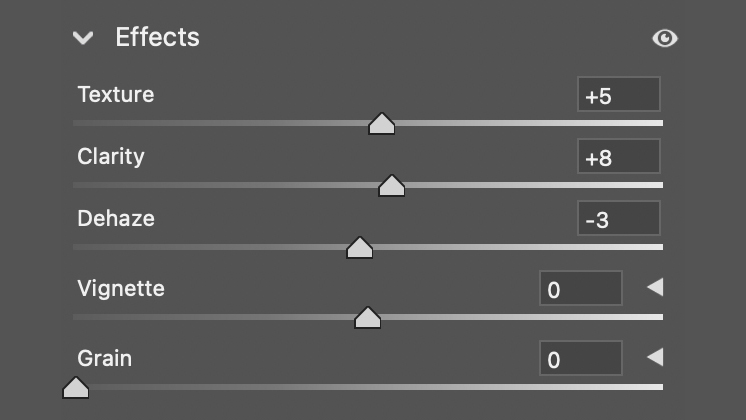
Adjust the Texture and Clarity sliders to enhance the finer details in the landscape. This helps your composition by adding depth and dimension to the scene while avoiding excessive sharpening.
You might like...
Discover our 5-minute tips series to enhance your photography this summer:
- How to think in black and white
- Use Auto HDR and save your exposure struggles!
- Make AF microadjustments to sharpen your shots
- Activate grid lines to instantly improve your composition

Kim is a photographer, editor and writer with work published internationally. She holds a Master's degree in Photography and Media and was formerly Technique Editor at Digital Photographer, focusing on the art and science of photography. Blending technical expertise with visual insight, Kim explores photography's time-honored yet ever-evolving role in culture. Through her features, tutorials, and gear reviews, she aims to encourage readers to explore the medium more deeply and embrace its full creative potential.
You must confirm your public display name before commenting
Please logout and then login again, you will then be prompted to enter your display name.

